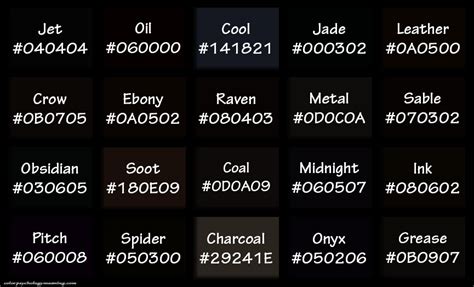Introduction
Hair coloring techniques have evolved drastically over the years, offering a wide range of options to enhance your natural locks. Two of the most popular methods are balayage and highlights, each with its unique benefits and drawbacks. This article delves into the intricacies of balayage vs. highlights, helping you make an informed decision based on your specific needs and preferences.

Balayage
Definition and Technique
Balayage (French for “to sweep”) is a freehand hair painting technique that creates natural-looking, sun-kissed highlights. The colorist uses a brush to apply the lightener directly to the hair, creating a gradual, blended effect that mimics the way the sun naturally lightens hair.
Advantages
- Natural-looking results: Balayage creates soft, subtle highlights that seamlessly blend with your natural hair color.
- Low maintenance: As the highlights grow out, they remain subtle and require less frequent touch-ups compared to traditional highlights.
- Versatile: Balayage can be customized to suit any hair texture, length, and color, allowing for a wide range of looks.
Disadvantages
- Time-consuming: Balayage is a labor-intensive process that can take several hours to complete, especially on longer or thicker hair.
- Less precision: Unlike highlights, which provide more precise placement of color, balayage creates a more diffused and blended effect.
- Costly: Balayage typically requires more product and labor than highlights, making it a more expensive option.
Highlights
Definition and Technique
Highlights involve bleaching or lightening specific sections of hair to create a contrasting effect. The colorist uses foils or a highlighting cap to isolate the strands to be lightened, ensuring precision and preventing unwanted color transfer.
Advantages
- Precise placement: Highlights allow for more control over the placement and intensity of color, creating bolder and more dramatic looks.
- Versatile: Highlights can be customized to suit different hair textures, lengths, and colors, offering a wide range of styling options.
- Traditional and timeless: Highlights have been a popular hair coloring technique for decades and remain a classic choice for many.
Disadvantages
- Higher maintenance: Highlights require regular touch-ups to maintain the desired level of contrast, especially as the hair grows out.
- Potentially damaging: Bleaching processes can damage the hair if not performed correctly, leading to dryness, breakage, and color fading.
- Less natural-looking: Traditional highlights can create a more obvious and structured contrast compared to balayage’s blended effect.
Which is Right for You?
The choice between balayage and highlights depends on your individual preferences, hair type, and lifestyle. Consider the following factors:
Your Desired Look
- Natural and subtle: Balayage is ideal for those who prefer a low-maintenance, sun-kissed look.
- Bold and dramatic: Highlights offer more precise placement and intensity, creating bolder and more noticeable contrasts.
Your Hair Type and Condition
- Fine or fragile hair: Balayage’s gentle application is less damaging to delicate hair strands.
- Thick or coarse hair: Highlights may be more effective in providing sufficient contrast and depth on thicker hair.
Your Lifestyle and Budget
- Time constraints: Balayage is a more time-consuming process than highlights.
- Budget: Balayage typically requires more product and labor, making it a more expensive option.
Balayage vs. Highlights: Key Differences
| Feature | Balayage | Highlights |
|---|---|---|
| Technique | Freehand painting | Foils or highlighting cap |
| Effect | Soft, blended highlights | Precise, contrasting highlights |
| Maintenance | Less frequent | More frequent |
| Damage potential | Lower | Higher |
| Cost | More expensive | Less expensive |
Common Mistakes to Avoid
- Over-processing: Avoid leaving the lightener on for too long, as this can damage the hair.
- Using too much bleach: Stick to the recommended bleach strength and application time to prevent hair breakage and color fading.
- Not using a toner: A toner helps neutralize unwanted tones and create a more natural-looking result.
- Choosing the wrong hair color: Consider your natural hair color and skin tone when selecting the highlight or balayage shade.
- Over-washing: Frequent washing can strip the hair of its natural oils and fade the color.
FAQs
Q: Can I do balayage or highlights at home?
A: While it’s tempting, it’s always recommended to seek professional hair coloring services to ensure proper technique and avoid damage.
Q: How often should I get balayage or highlights?
A: The frequency depends on the desired level of contrast and the rate of hair growth. Typically, balayage requires less frequent touch-ups (6-8 weeks), while highlights may need more frequent visits (4-6 weeks).
Q: Will balayage or highlights damage my hair?
A: Both balayage and highlights involve bleaching processes that have the potential to damage the hair. However, balayage generally causes less damage due to its more gentle application and use of lower bleach strength.
Q: Can I combine balayage and highlights?
A: Yes, some stylists may offer a combination technique that combines the natural-looking effect of balayage with the precision of highlights, creating a more customized and dynamic look.
